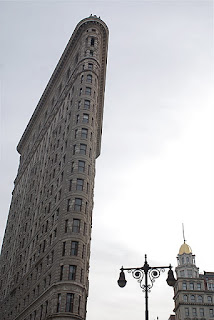


I was floored to learn something today that will probably come as no surprise to every kid out there who is obsessed with Egyptology-- there were female pharaohs in ancient Egypt. It was rare, but it happened.
One female ruler in particular, Hatshepsut, really intrigued me, not just because she successfully did the job men almost exclusively assumed, but because of how she was depicted in the art and sculpture of the time.
There was a specific costume male pharaohs rocked to let everyone know they were important, including a striped head cloth with a cobra on it, a kilt type garment worn around the waist like an apron and a fake beard. In all official representations of Hatshepsut, she is shown donning the exact same uniform. As you can see from the images above, nothing about the way she is depicted communicates that she was a woman. Why?
Even more intriguing is that her male successor did everything possible to remove her from historical records by defacing sculptures of her likeness and even go so far as to chisel images of her off stone walls. That wasn't a typical practice even for the most competitive and egomaniacal pharaohs.
So I have to wonder, was all of this because she was a woman? Fascinating stuff! Can't wait to learn more when Egyptian treasures from the Brooklyn Museum come to Tulsa this summer.






















.jpg)






